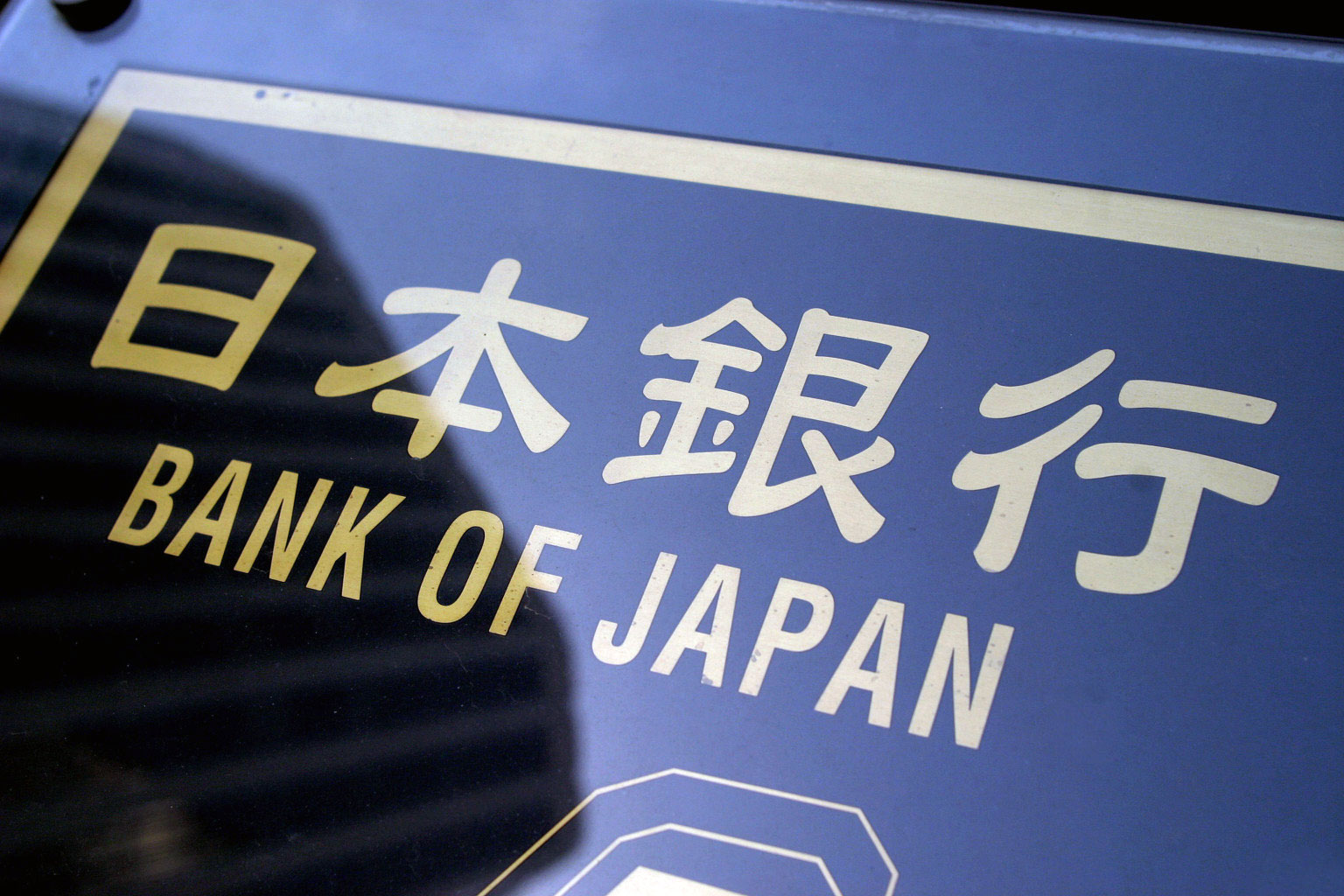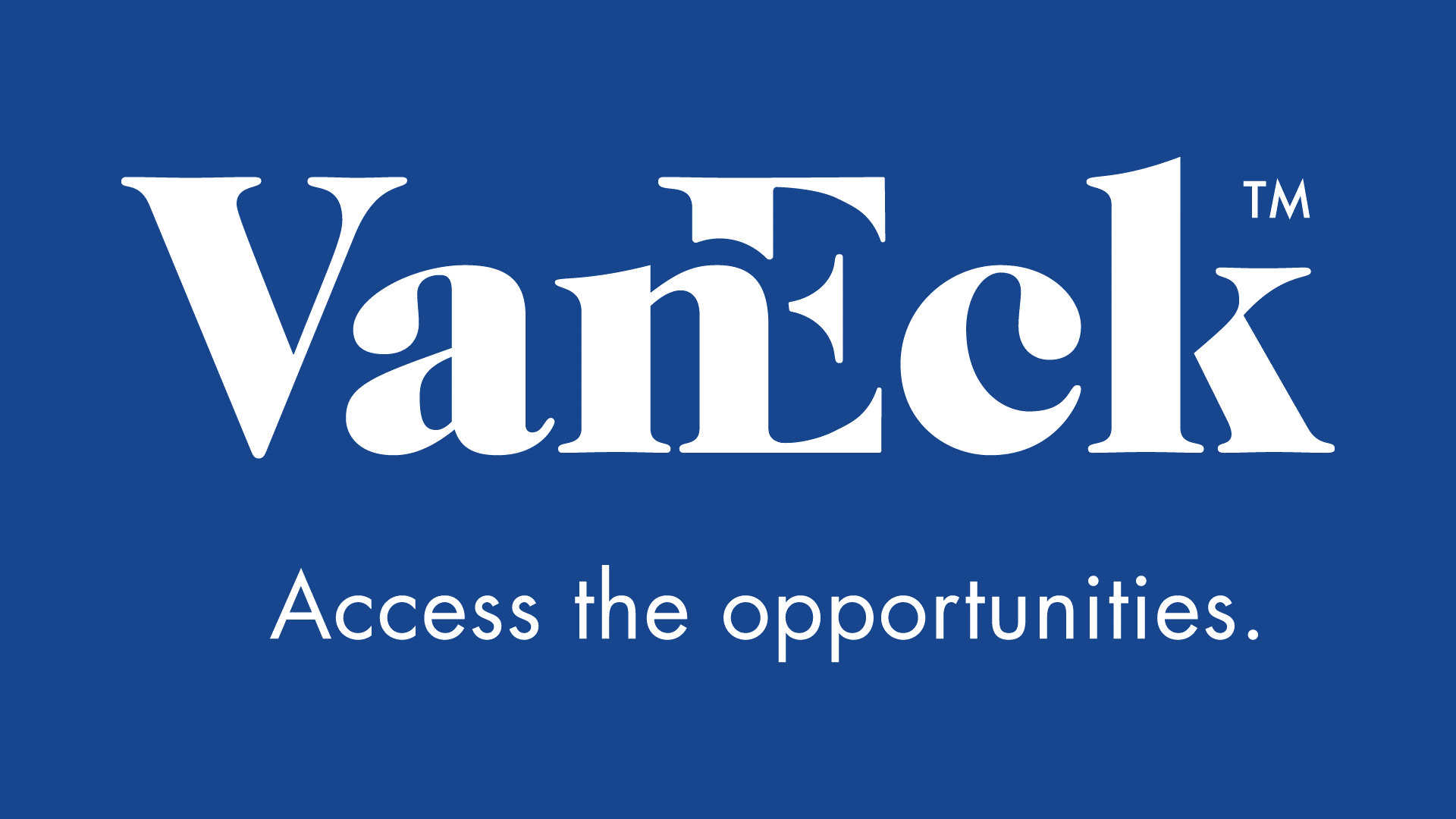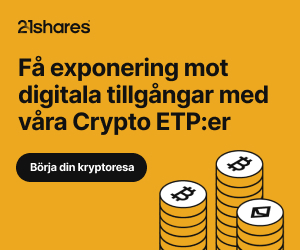Att Bank of Japan slutar köpa ETFer väcker frågor om den framtida inriktningen på Japans börshandlade fondmarknad. Några frågor vad BoJ kommer att göra med sina ETF-innehav. Bank of Japans beslut att överge sitt årliga mål på $ 6 miljarder ¥ (55 miljarder dollar) för börshandlade fondköp och att sluta köpa dem som spårar Nikkei 225 eller Nikkei 400 väcker frågor om den framtida inriktningen för Japans ETF-marknad.
Centralbanken gjorde sitt allmänt förväntade tillkännagivande att överge målet den 19 mars och tillade att det först nu skulle köpa ETF:er som spårar Topix. Det sa emellertid att det skulle behålla den övre gränsen på ¥ 12 triljoner för vad den kan köpa årligen, vilket den införde i mars förra året som ett stödåtgärd som svar på Coronaviruspandemin. BoJs totala ETF-innehav nådde 47 triljoner ¥ förra månaden och den orealiserade vinsten från dessa köp nådde 13 triljoner ¥ i slutet av januari. Det blev den största ägaren av japanska aktier i början av december förra året och överträffade Japans statliga pensionsinvesteringsfond.
Ohållbart
Regeringstjänstemän, forskare och marknadsaktörer har länge uppmanat BoJ att avvänja sig från programmet och kallar det ”ohållbart” och ”med enorma nedgångar”. De har kritiserat den massiva inköpsdrivningen för att snedvrida prissättning och handel på finansmarknaderna. Nu ifrågasätter vissa vad BoJ kommer att göra med sina ETF-innehav. ”Vad ska BoJ göra med ETF: erna de har köpt hittills? Det är alltid biljoner dollarfrågan, säger Jackie Choy, Morningstar’s Hong Kong-baserade chef för ETF-analys för Asien.
”Vi har inte hört vad de skulle göra med befintliga innehav. De har lanserat en utlåningsfacilitet som effektivt gör den mer likvid, men det säljer inte ETF: erna, tillade Choy. Centralbanken lanserade en utlåningsfacilitet i juni förra året genom vilken den tillfälligt kan låna ut sina ETF-innehav till marknadsaktörer. Men programmet har kämpat för att locka investerarnas intresse. Drivs av inköp från BoJ har några av Japans ETF:er på bred marknad regelbundet sett det största inflödet av några lokalt hemmahörande produkter i Asien. Förra året inkluderade dessa Nomura Asset Managements Nomura Topix ETF, Nikko Asset Managements Nikko Noted Index Fund Topix ETF och Daiwa Asset Management’s Daiwa ETF Topix.
”Centralbanken köpte 6,845 triljoner ¥ ETF-er förra året. De största fem ETF:erna som spårade inhemska aktier nådde 4,29 triljoner ton ¥ i AUM tillsammans i slutet av förra året, enligt uppgifter från de två japanska värdepappersbörserna. BoJ kan sakta ner takten på köpet, men jag tror personligen inte att de kommer att sälja av ETF:erna som de redan har” sade John Vail, Nikko Asset Management Bland dem som BoJ äger finns Next Funds Topix ETF och Next Funds Nikkei 225 ETF, som båda lanserades av Nomura AM, toppade listan med 1,44 triljoner och 773 miljarder ¥ i tillgångar. Nikko Exchange Traded Index Fund Topix, Daiwa ETF Topix och Nikko Exchange Traded Index Fund 225 rankade tredje, fjärde och femte, med ¥ 670 miljarder, ¥ 668 miljarder och ¥ 361 miljarder i respektive AUM.
Haft en negativ inverkan på andra investerare
BoJ har erkänt att dess köpaktivitet kan ha haft en negativ inverkan på andra investerare i ETF-rymden, för hur och när det kommer att rensa sin balansräkning för ETF: erna är det främsta problemet bland globala tillgångstilldelare när de investerar i japanska aktier. Oavsett vad BoJ beslutar att göra med sina ETF-innehav kommer det ”definitivt inte” att sälja dem, åtminstone inte inom en snar framtid, berättade John Vail, global chefstrateg vid Tokyo-baserade Nikko Asset Management, till Ignites Asia. ”De kan sakta ner takten på köpet, men jag personligen tror inte att de kommer att sälja ETF:erna som de redan har,” sa Vail.
Nikko AM undersökte de bästa investeringsstrategerna i Japan för två veckor sedan och de allra flesta trodde inte att BoJ skulle släppa sina innehav på något sätt som skulle påverka marknaden under åtminstone de kommande tio åren. Centralbankens ETF-shoppingrunda har inte gjort mycket för att uppmuntra till ökad konkurrens bland ETF-leverantörer. ”Såvitt jag vet har BoJ köpt ETF:er från fonder baserat på deras marknadsandel”, sa Morningstar’s Choy.
”Så de gör det på ett proportionellt sätt för att undvika att gynna någon fond.” Yasunori Kasai, Asiens chef för trading desktop på Refinitiv, ett London Stock Exchange Group-företag, sa att BoJ: s politiska riktningsförändring, om något, gav hopp om att centralbanken skulle kunna börja diversifiera. ”BoJ tenderar att köpa ETF: er som riktar sig till hela marknaden, som [de som spårar] Topix-indexet eller Nikkei-indexet, och kanske inte har köpt många [miljö-, sociala och samhällsstyrande] eller tematiska. Men GPIF och den allmänna marknaden går mot en hållbar finansmarknad, säger Kasai. Kasai tillade att han hade observerat att centralbanken köpte några ETF med exponering för företag som investerar i hållbar utveckling och mänskliga intressen, även om dessa innehav fortfarande var små.
Att skrota målet på 6 triljoner ¥ bör inte ha kommit som en överraskning för marknadsaktörerna. Det har funnits tecken på att BoJ letade efter mer flexibilitet i sitt ETF-inköpssystem sedan början av året. ”Det har bara varit en handfull gånger de har gått in i år. BoJ är inte ens nära att nå målet om 6 triljoner ¥ i år hittills, säger Nikko AMs Vail. Även om det inte är en uttrycklig regel, har centralbanken tenderat att gå in närhelst Topix-indexet har tappat mer än 0,5 procent under morgonsessionen, skrev analytiker vid Nomura i en analys den 19 februari. BoJ köpte emellertid inte ETF den 18 februari eller 19 februari, även om Topix-indexet förlorade 0,54 procent och 0,76 procent de två dagarna, sa de.
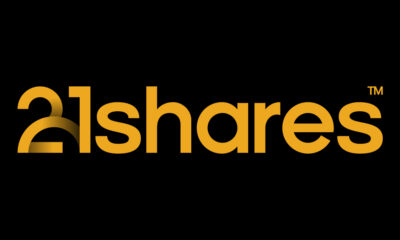
 Nyheter4 veckor sedan
Nyheter4 veckor sedan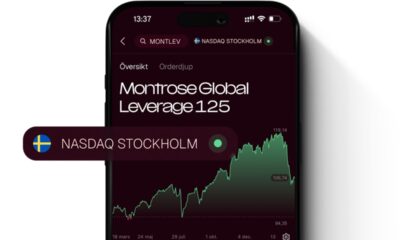
 Nyheter3 veckor sedan
Nyheter3 veckor sedan
 Nyheter4 veckor sedan
Nyheter4 veckor sedan
 Nyheter3 veckor sedan
Nyheter3 veckor sedan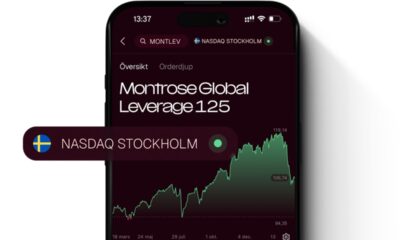
 Nyheter3 veckor sedan
Nyheter3 veckor sedan
 Nyheter4 veckor sedan
Nyheter4 veckor sedan
 Nyheter2 veckor sedan
Nyheter2 veckor sedan
 Nyheter2 veckor sedan
Nyheter2 veckor sedan
